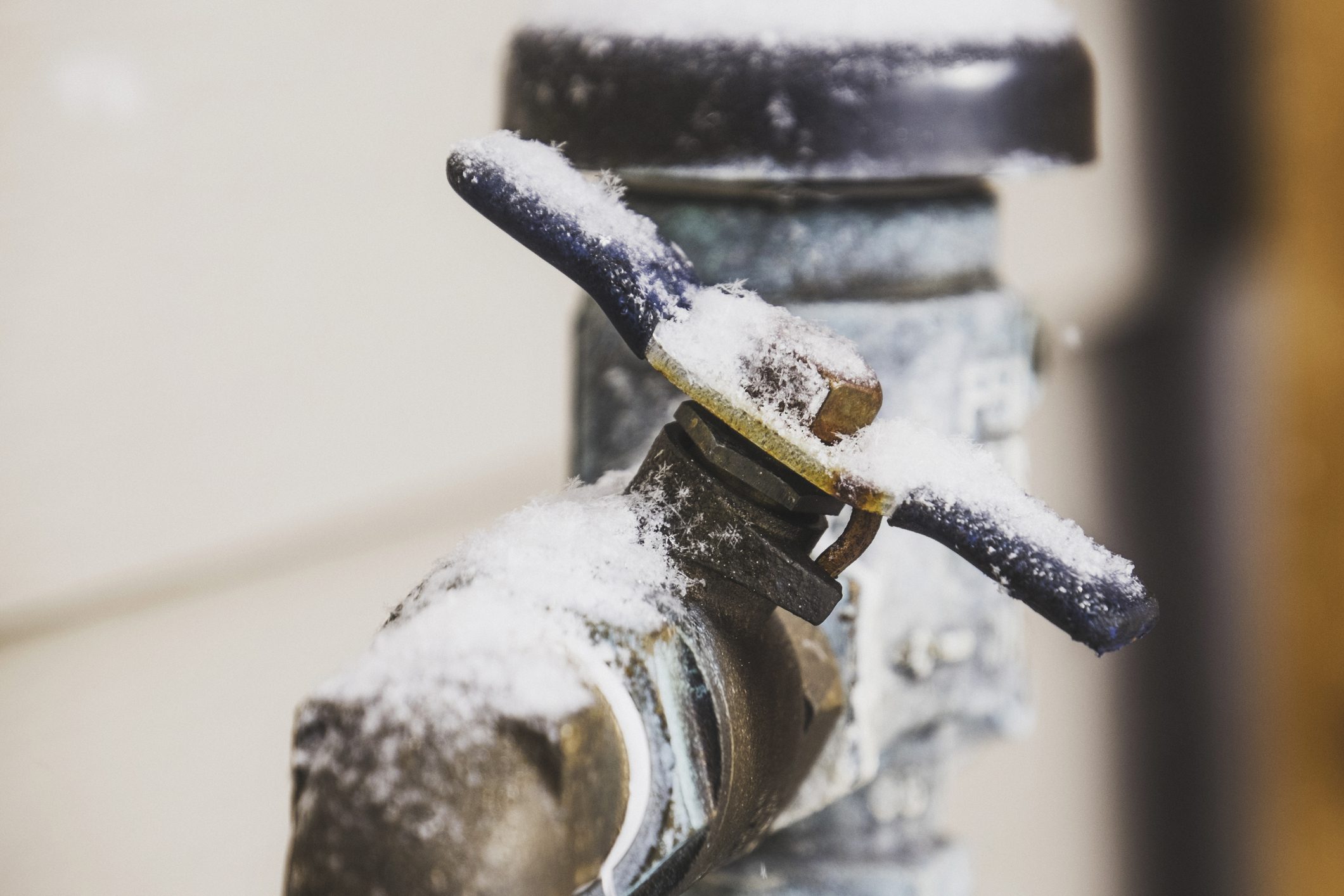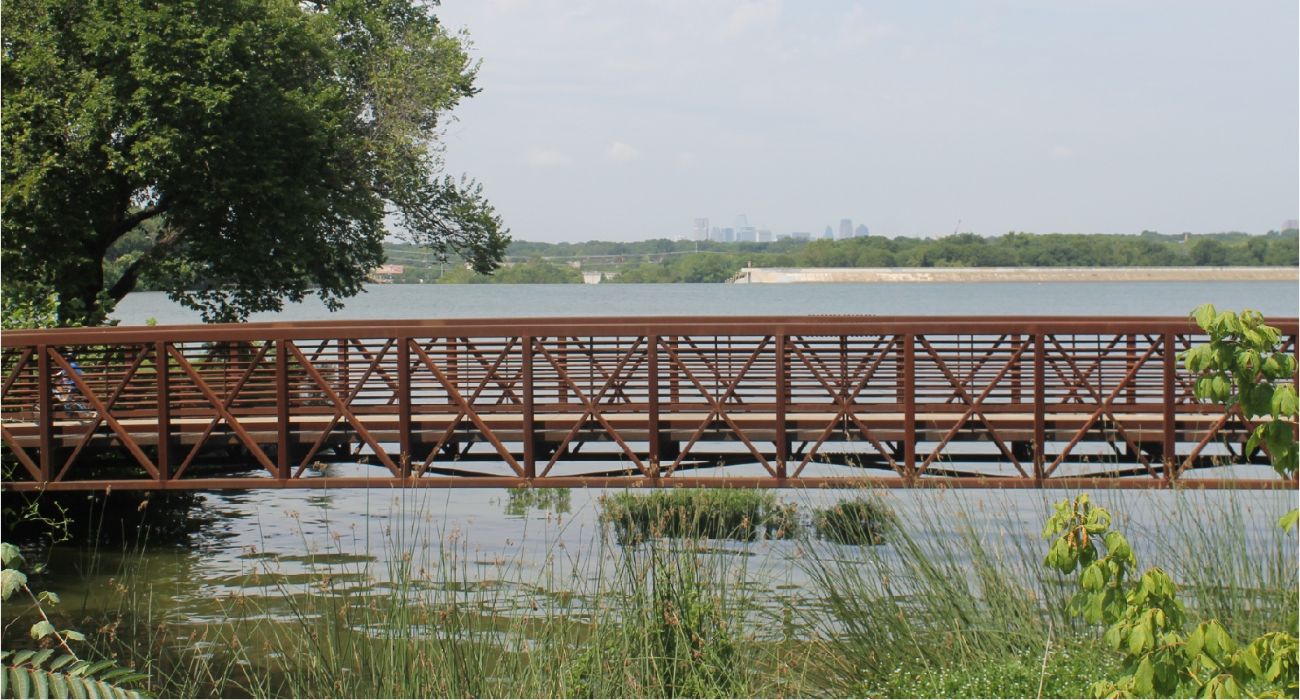Last February, the winter storm caused many Texans’ pipes to freeze. Freezing pipes caused the pipes to burst, and the flooding came soon after.
Many homeowners and renters suffered when they found out their particular policy doesn’t cover the water damage that occurred.
Most policies homeowners and renters have cover sudden and accidental water damage. Sudden or unexpected water damage includes burst pipe, toilet overflow, or a broken water hose.
Most policies will cover damage if mold begins to grow on a damaged item, however, most insurance policies won’t cover gradual water leaks or mold damage caused by seepage or flooding. That would require a separate flood policy.
As far as renter’s insurance, the landlord in charge of the property does have insurance on the unit, but it doesn’t cover any personal items the tenant might have. Tenants will need to purchase their own renter’s insurance, which costs an average of $20/month.
Most renter’s insurance policies will cover losses due to fire, smoke, theft or vandalism, and certain kinds of water damage unrelated to flooding. They will pay to replace or repair your belongings up to a dollar limit.
Leasing laws don’t require renter’s insurance but most leases require tenants to have a renter’s policy. As far as homeowner’s insurance goes, most policies don’t cover flooding either and require a separate flood insurance policy.
If a home is in a designated flood zone, then lenders are going to require flood insurance. Any area with a 1% chance of being flooded in any given year is considered a flood zone. Unfortunately, floods can happen anywhere, as we saw with Hurricane Harvey and the flooding outside designated zones.
Flood policies typically cost around $700 a year, but if residents live outside a high-risk zone, their policy shouldn’t be more than $500. This will cover residents’ homes up to $250,000, but coverage for personal belongings and household goods will require a separate policy.
Policies usually take about 30 days to go into effect, so tenants and homeowners should prepare ahead of time. For more information, visit FloodSmart.gov.






